Customizing your taskbar can make your Windows 11 experience more personalized and efficient. While Windows 11 doesn't offer a built-in option to resize the taskbar, you can adjust its size by modifying the Windows Registry. This method allows you to make the taskbar smaller, similar to the compact style available in Windows 10.
Change the Taskbar Size Using Registry Editor
Before proceeding, please note that editing the registry can affect system stability if not done correctly. It's advisable to back up your registry or create a system restore point before making any changes.
- Press the
Windowskey on your keyboard or click theStartbutton to open the Start menu. TypeRegistry Editorin the search bar.
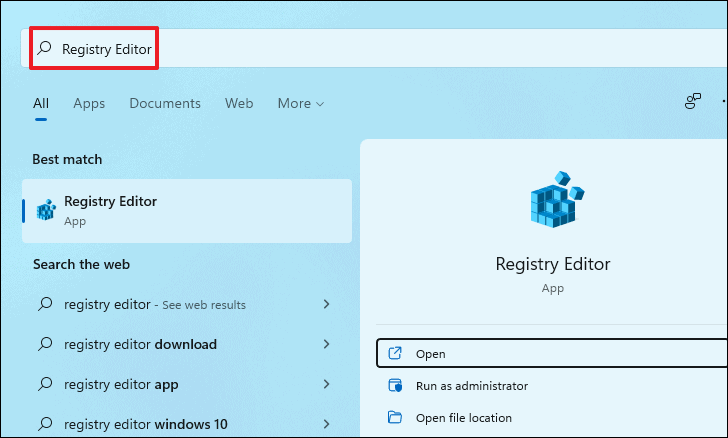
- Click on the
Registry Editorapp from the search results to open it.

In the Registry Editor, navigate to the following path:
HKEY_CURRENT_USER\Software\Microsoft\Windows\CurrentVersion\Explorer\Advanced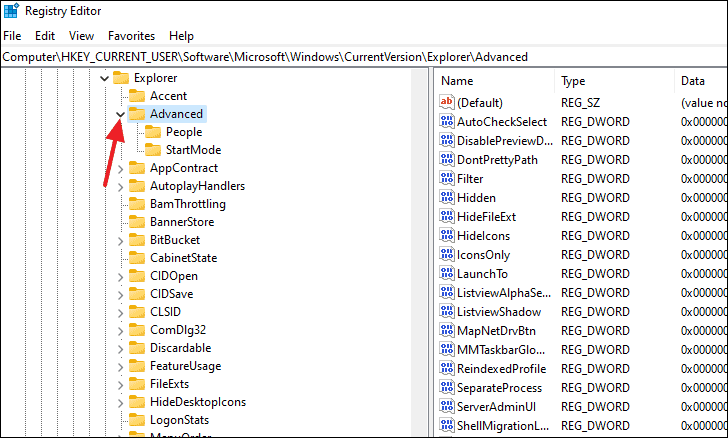
- Right-click on the
Advancedkey in the left sidebar, selectNew, then chooseDWORD (32-bit) Value.
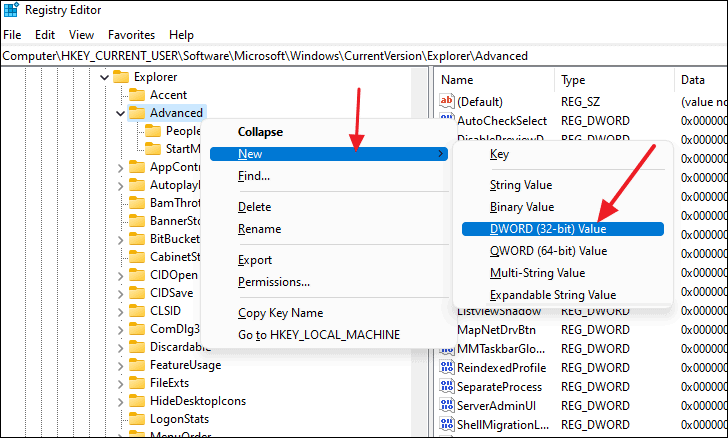
- Name the new value
TaskbarSiexactly as shown, without any spaces.
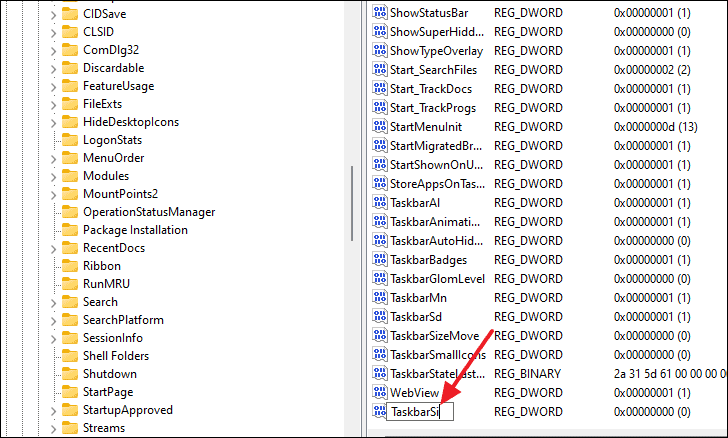
- Double-click on
TaskbarSito modify it. Ensure the base is set toHexadecimal.

- In the
Value datafield, enter0to make the taskbar smaller. ClickOKto save the changes.
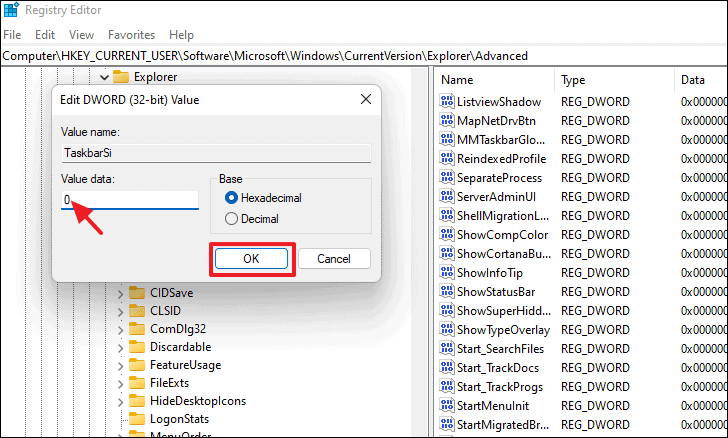
Note: To revert to the default taskbar size, change the Value data to 1. To make the taskbar larger, use 2.
- After editing the registry, you'll need to restart Windows Explorer for the changes to take effect. Right-click on the
Startbutton and selectTask Manager.
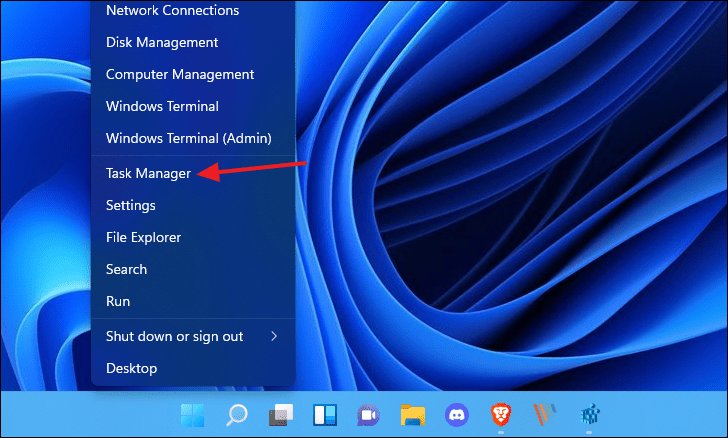
- In Task Manager, scroll down to find
Windows Explorer. Select it and click onRestartat the bottom right corner.
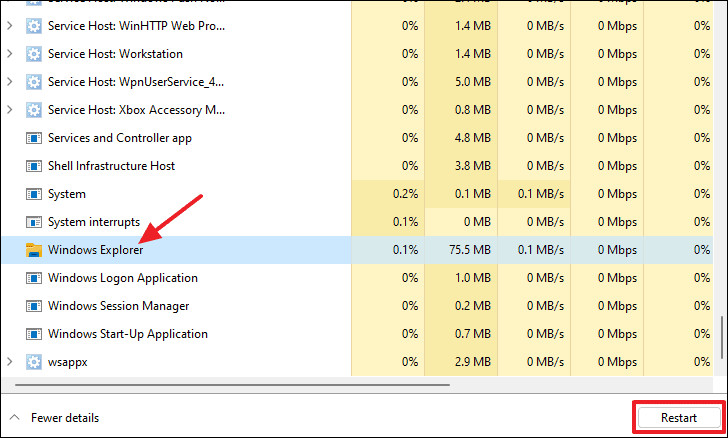
Your taskbar will now appear smaller, with reduced icon sizes.
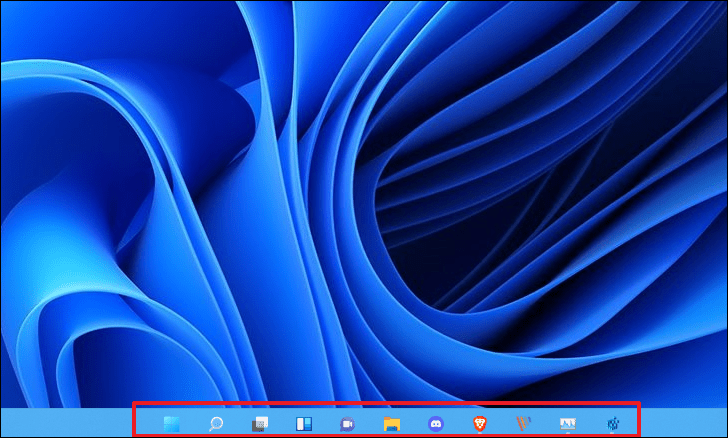
To restore the default taskbar size, you can remove the TaskbarSi entry from the registry.
- Right-click on
TaskbarSiin the right pane and selectDelete.
Open Registry Editor and navigate to:
HKEY_CURRENT_USER\Software\Microsoft\Windows\CurrentVersion\Explorer\Advanced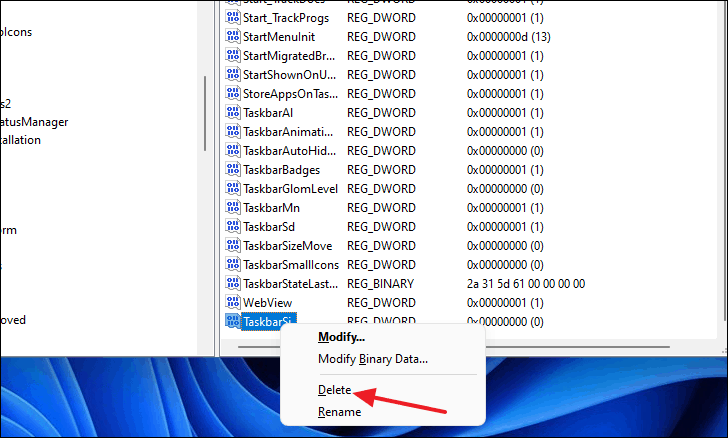
Restart Windows Explorer or restart your computer to apply the changes.
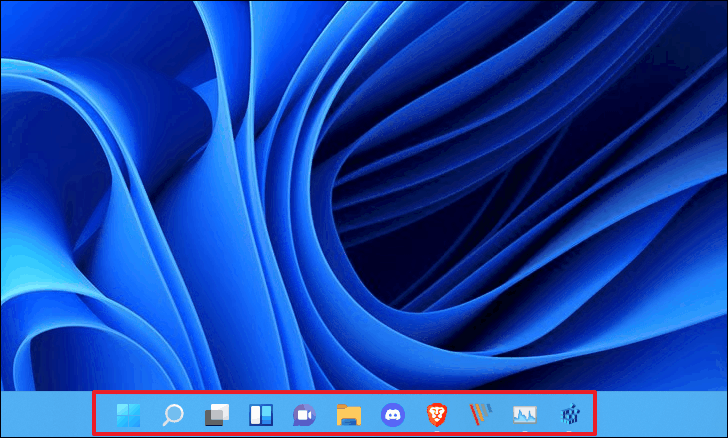
By following these steps, you can adjust the taskbar size in Windows 11 to better suit your preferences. Always exercise caution when editing the registry and ensure you have backups of important data.





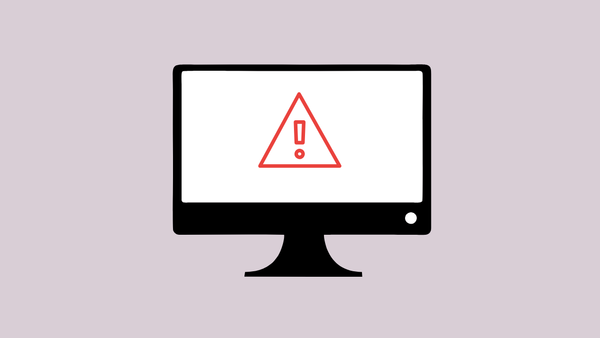
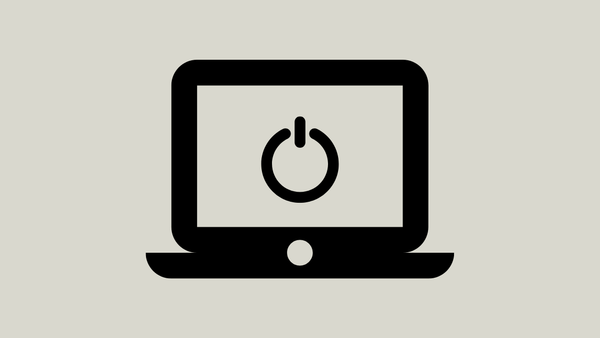
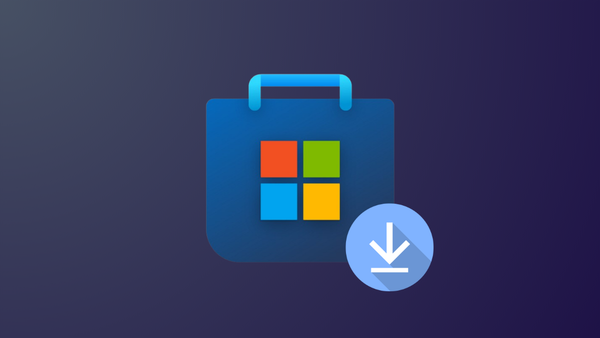


Member discussion